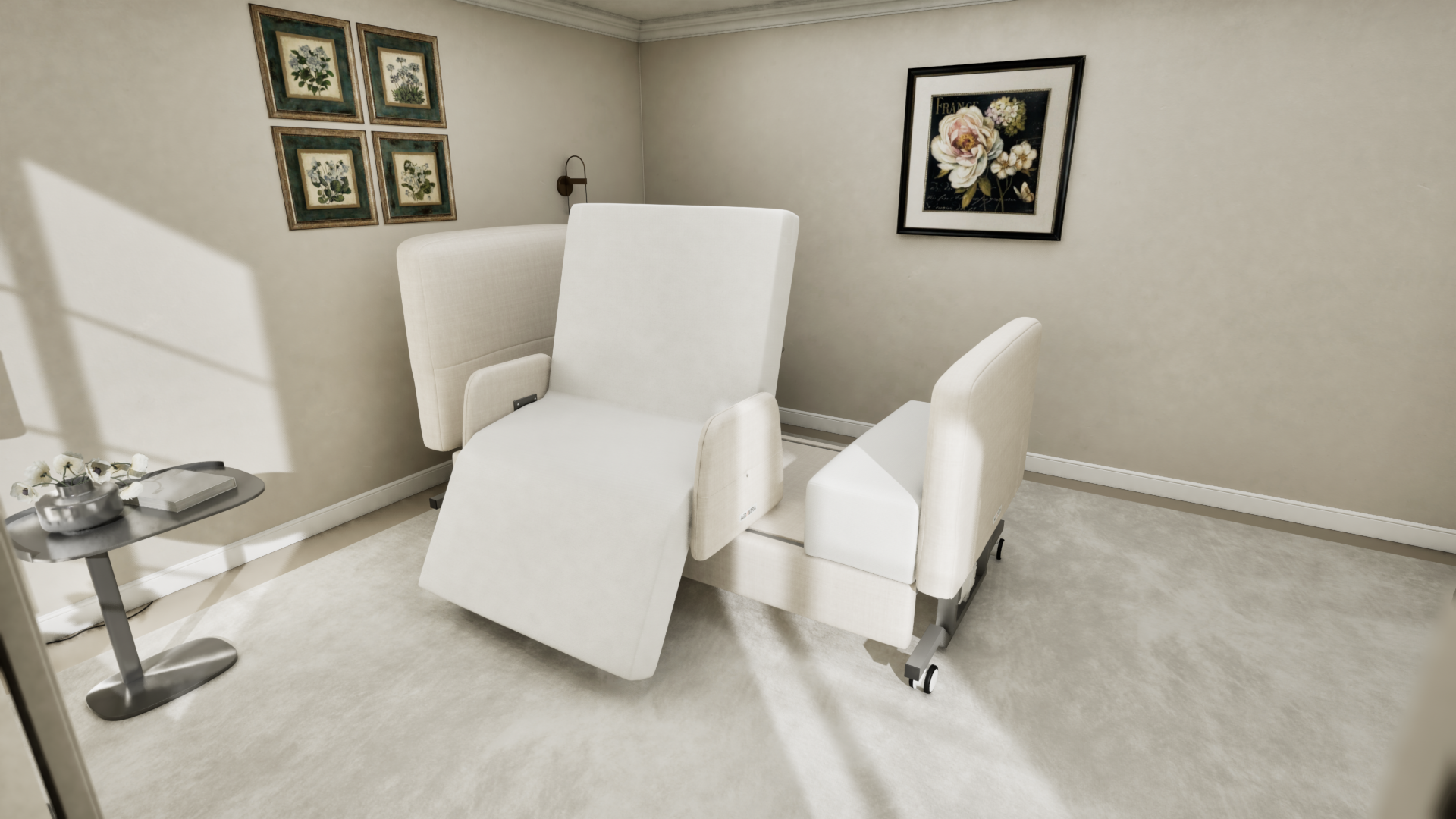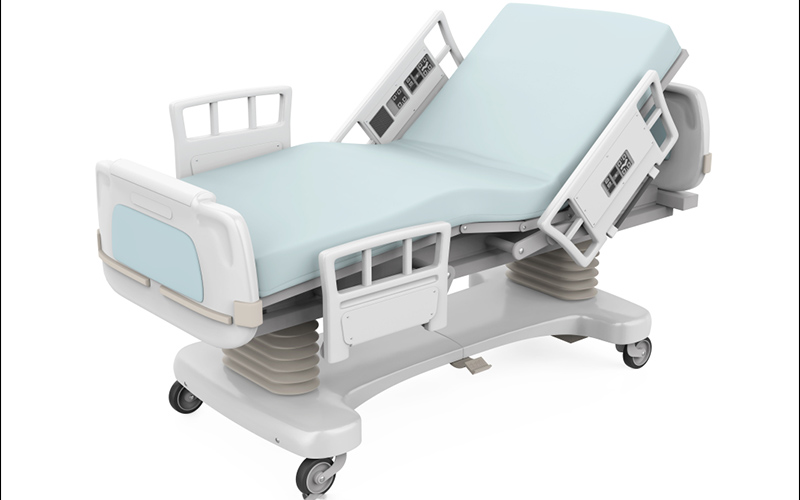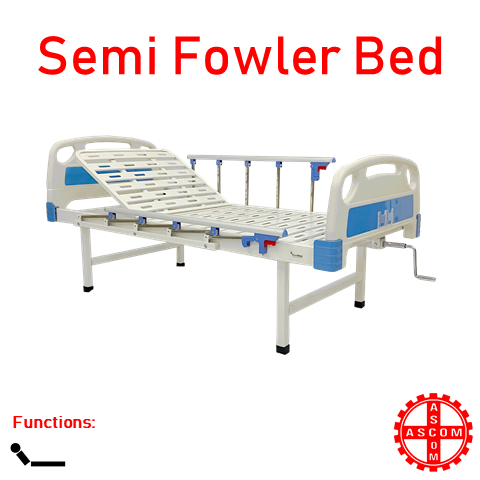Hospital Beds For Home Use - The Facts
Hospital Beds For Home Use - The Facts
Blog Article
Facts About Hospital Beds For Home Use Revealed
Table of ContentsRumored Buzz on Hospital Beds For Home UseHospital Beds For Home Use - An OverviewThe Best Guide To Hospital Beds For Home UseGetting The Hospital Beds For Home Use To WorkThe Hospital Beds For Home Use StatementsHospital Beds For Home Use Fundamentals Explained10 Simple Techniques For Hospital Beds For Home Use
There are 3 primary kinds of medical facility beds: handbook, semi-electric, and fully-electric. These beds use hand cranks to change the bed's elevation and elevate and decrease the head and the foot.
Semi-electric beds have an electric motor to increase and reduce the head and foot sections of the bed (hospital beds for home use). Full-electric beds have an electric motor that can increase the head and foot areas of the bed as well as the entire height and positioning of the bed.
Hospital Beds For Home Use Fundamentals Explained
There are several kinds of healthcare facility beds, each made to fulfill particular person requirements. Here are some common kinds: This is the most typical type of hospital bed, designed for basic medical usage.
Lower to the ground than a basic bed. This type of bed is created for bigger people, with a broader frame and higher weight ability than a conventional bed. This kind of bed is developed particularly for children, with smaller sized sizes than a standard bed. Special functions such as complete size side rails and animation design.
This kind of bed is made for seriously unwell people that require open surveillance and specialized clinical tools such as ventilators and mixture pumps. This type of bed is made for usage during labor and shipment, with adjustable positions and functions to support the mother and child during the birth procedure.
Everything about Hospital Beds For Home Use
Several feature and the accessories do increasing traction to different parts of the vertebra and the extremities without moving the human body. These are simply a few instances of the kinds of medical facility beds readily available. The particular kind of bed made use of will certainly rely on the client's problem, clinical needs, and other aspects.
Below is the important things you require to recognize. A one-function hospital bed is a medical bed that allows a person to move just the head or foot section up or down. A 2 function hospital bed normally describes a kind of clinical bed that has two flexible functions to help people in medical facilities or care facilities.

Some Known Questions About Hospital Beds For Home Use.
A 7-function ICU bed is a type of medical bed that provides a number of flexible functions to sustain critically sick individuals in an intensive treatment system (ICU) (hospital beds for home use). The 7 functions generally include: Back-rest adjustment: The back-rest can be gotten used to various angles to assist the client stay up or rest comfortably
Height modification: The bed can be elevated or lowered to make it less complicated for Learn More Here patients to get in and out of bed, and for caregivers to provide treatment. Trendelenburg position: The entire bed can be tilted to promote blood flow and circulation in the body. Reverse Trendelenburg position: The bed can also be slanted in the contrary direction to promote blood circulation and circulation in the upper body.
1. What Dimension is a Hospital Bed? 2. Just how much Does a Health Center Bed Cost? 3. Why Do Healthcare Facility Beds Have Side Rails? 4. What Are The Main Hospital Bed Components?. While even more budget friendly than electrical models, these beds need exertion for modifications. The major advantages of manual beds are their price and dependability, as they do not count on electrical energy. The demand for manual initiative can be a restriction in situations where quick adjustments are necessary or where caregivers our website face physical difficulties.
How Hospital Beds For Home Use can Save You Time, Stress, and Money.
Semi-electric healthcare facility beds offer an equilibrium of manual and electrical controls. These beds offer an ideal middle ground in between guidebook and fully electrical options, offering ease of use without the full expense of electrical models.
Semi-electric beds are appropriate for individuals who need moderate adjustments to the head and foot areas yet can take care of without constant elevation modifications. This makes them a cost-efficient remedy for those looking for convenience and benefit without the need for continuous repositioning. Completely electric health center beds include electrical controls for seamless adjustments to the height, head, and foot sections.
Specialty healthcare facility beds, such as ICU beds, long-lasting care beds, and bariatric beds, are very carefully made to attend to specific clinical requirements. These beds use tailored take care of diverse person teams, improving both results and comfort. In the complying with sections, we will explore the main kinds blog here of specialized health center beds, detailing their details advantages and applications.
With years of experience in manufacturing electrical direct actuators - hospital beds for home use and close cooperation with the healthcare industry, TiMOTION is well-positioned to offer dependable medical care solutions. Our up and down integrated business manages every step of the production process, from style to actuator assembly, guaranteeing we supply remarkable worth and tailored services customized to your specific needs
Not known Details About Hospital Beds For Home Use

To get more information regarding integrating these technologies into your products, call us today. Further analysis:.
Information is sourced from the Medicare Cost Report.

5 Easy Facts About Hospital Beds For Home Use Shown
A hospital bed is a bed designed especially for medical objectives. It is not just a place for clients to rest, yet likewise a system for medical procedures. Unlike common home beds, hospital beds generally have flexible attributes, which can assist in clinical personnel to make various adjustments according to the demands of clients, such as altering the elevation, inclination, and support angle of the back and legs of the bed.
Report this page